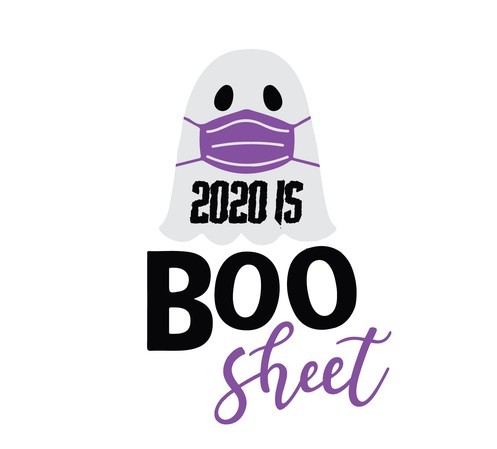We just received notification from our ACH provider that no ACHes will go through on Monday, October 12, 2020 for Native American Day. Native American Day?? How did we miss that? Perhaps it was because we were amid our software conversion – but whatever the case we missed it. So, here is what we have learned from Wikipedia.
Native American Day is a holiday celebrated across the United States in lieu of Columbus Day. In California and Nevada, the holiday is celebrated on the fourth Friday of September, whereas in South Dakota and Wisconsin, it falls on the second Monday of October. Within each of these states, Native American Day honors the cultural contributions of Native American communities to the respective state’s history, as well as to the overall country. The state of Tennessee observes a similar American Indian Day each year on the fourth Monday of September.
Indigenous Peoples’ Day[1] (Not to be confused with Native American Day) is a holiday that celebrates and honors Native American peoples and commemorates their histories and cultures. It is celebrated across the United States on the second Monday in October, and is an official city and state holiday in various localities. It began as a counter-celebration held on the same day as the U.S. federal holiday of Columbus Day, which honors Italian explorer Christopher Columbus. Many reject celebrating him, saying that he represents “the violent history of the colonization in the Western Hemisphere”,[2] and that Columbus Day is a sanitation or covering-up of Christopher Columbus’ actions such as enslaving Native Americans.[3]
Indigenous Peoples’ Day began in 1989 in South Dakota, where Lynn Hart and then Governor Mr. George S. Mickelson backed a resolution to celebrate Native American day on the second Monday of October, marking the beginning of the year of reconciliation in 1990.[4] It was instituted in Berkeley, California, in 1992, to coincide with the 500th anniversary of the arrival of Christopher Columbus in the Americas. Two years later, Santa Cruz, California, instituted the holiday, and in the 2010s, various other cities and states took it up.[5]
It is similar to Native American Day, observed in September in California and Tennessee.[citation needed]
Wisconsin In October of 2019, Wisconsin Governor Tony Evers signed an executive order which formally replaced Columbus Day with Indigenous People’s Day (celebrated on the second Monday of every October) to “recognize and appreciate our tribal nations and indigenous people and their resilience, wisdom and the contributions they make to our state”.[3] There are eleven federally recognized tribes in Wisconsin and the bill emphasize the sovereignty of the nations.
Washington DC Also, in October of 2019, the D.C Council voted to replace Columbus Day with Indigenous Peoples’ Day in a temporary move that it hopes to make permanent. Currently it coincides with Columbus Day. Nothing further could be found on that.
In a nutshell, we will not be scheduling any ACHes on Monday, October 12, 2020, because of Indigenous Peoples’ Day – not Native American Day, not Columbus Day. We are moving toward celebrating people – specifically the Indigenous People of our Country. How to celebrate? Attend a local Indigenous People’s Day Event, read a book, cook an authentic meal. In my humble opinion, any move to celebrate people is a good move. #alwaysbekind









